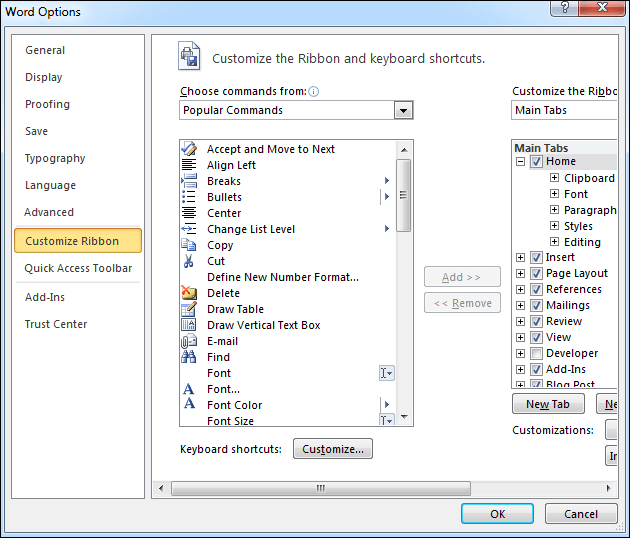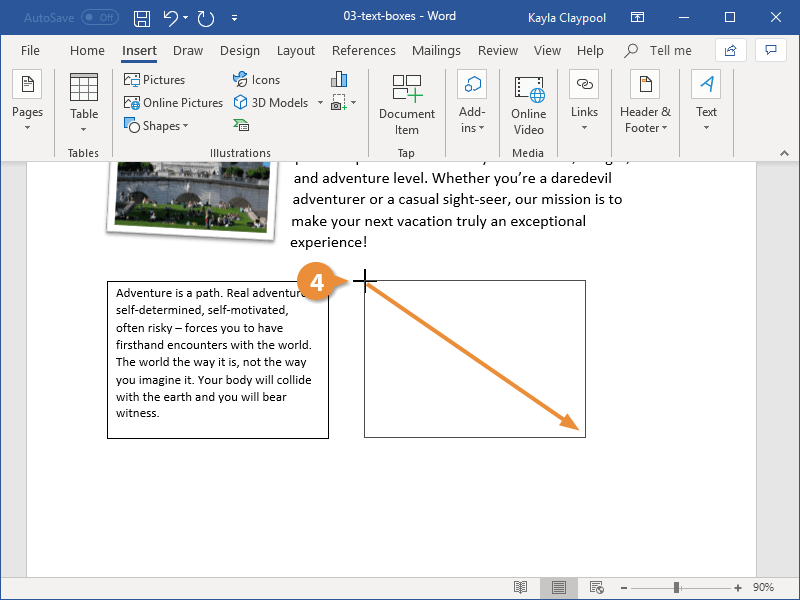

The complete field code, with bookmark switch and the bookmark name you keyed in, is shown in the Advanced field properties text box on the Field window. If you do not add the space, your TOC will not work. Add a space after \b and key in the name of the bookmark you created earlier.On the Field Options window, select \b.Click the Options button at the bottom left of the Field window to open the Field Options window.Select TOC from the list of field names on the left.On the Insert tab, click Quick Parts and select Field.In a blank area in front of your section, click Enter several times to add space for your TOC.Unlike the normal TOC that is at the beginning of your document, that builds your TOC based on heading levels, your section TOC is built on the bookmark you defined, as well as the heading levels within that bookmark. Now that you have set up your bookmark, you need to insert a TOC field in front of the section. If you have the Show Bookmarks option enabled (and you should), then you will see light gray square brackets around your bookmark.Name your bookmark something intuitive, such as Section 3.In addition, you can apply Shadow Effects and 3-D Effects to your text box. Then select a formatting option from the Format tab. Next, begin exploring other formatting options like Shape Fill, Shape Outline, and Change Shape-all of which are also available on the Format tab.įirst, be sure to click on the edge of the text box to make sure the box is selected. Click on the style to apply it to your text box. To apply text box styles, point to a style to see what it will look like. To format your text box, there are a variety of formatting options on the “Format” tab on the Ribbon. RELATED: Working with Pictures, Shapes, and Graphics Format a Text Box But, if you do have text on your page, you’ll want to click the “Layout Options” button that appears to the right of the text box, and then choose one of the other layout options. This is fine if you’re just drawing and arranging text boxes on a textless page so you can do some specialized layout. One thing that’s different about drawing your own text box is that Word defaults to putting it in front of any text. Press and drag your mouse to draw your text box.Īfter you create the new text box, you can begin typing your text right away.

Your pointer changes into a cross-hair symbol. In the dropdown menu, click the “Draw Text Box” command.

Switch over to the “Insert” tab on Word’s Ribbon, and then click the “Text Box” button. You can also draw your own text box if you already have a size and placement in mind.
How to add text box in word 2010 full#
We’ve got a full guide on working with pictures, shapes, and graphics in Microsoft Word if you’re interested in learning more about that. You can also change how (and if) regular document text wraps around your text box-just like you can with any other shape or object. And to move it somewhere else in your document, just position your cursor on the edge of the box until you see a four-headed arrow, and then you can drag it wherever you want. The rotate handle at the top of the box (the circular arrow) lets you rotate the box. You can drag any of the handles at the four corners or sides to to resize the box.

After inserting one, it’s easy to resize it or move it to another location. The predefined text boxes also contain preselected layout options, including their size and placement on a page.


 0 kommentar(er)
0 kommentar(er)
